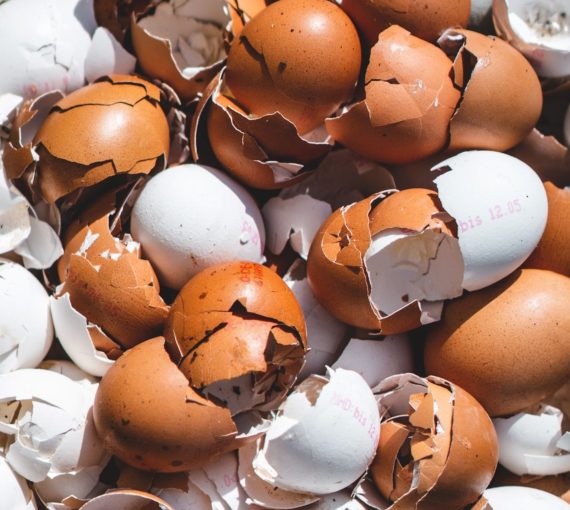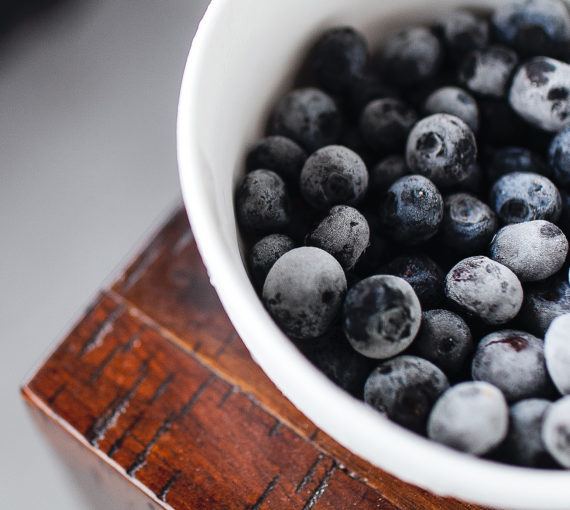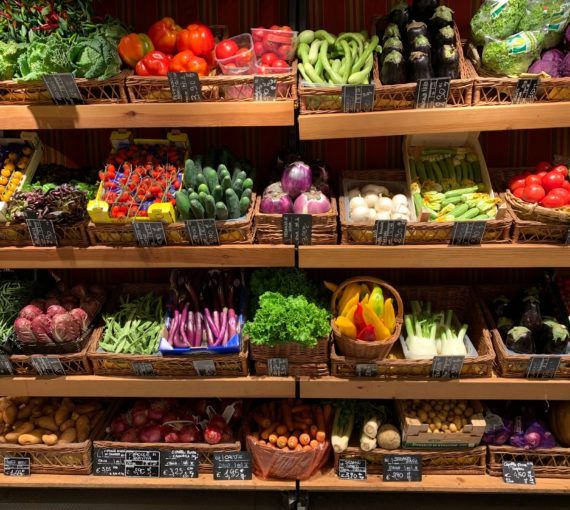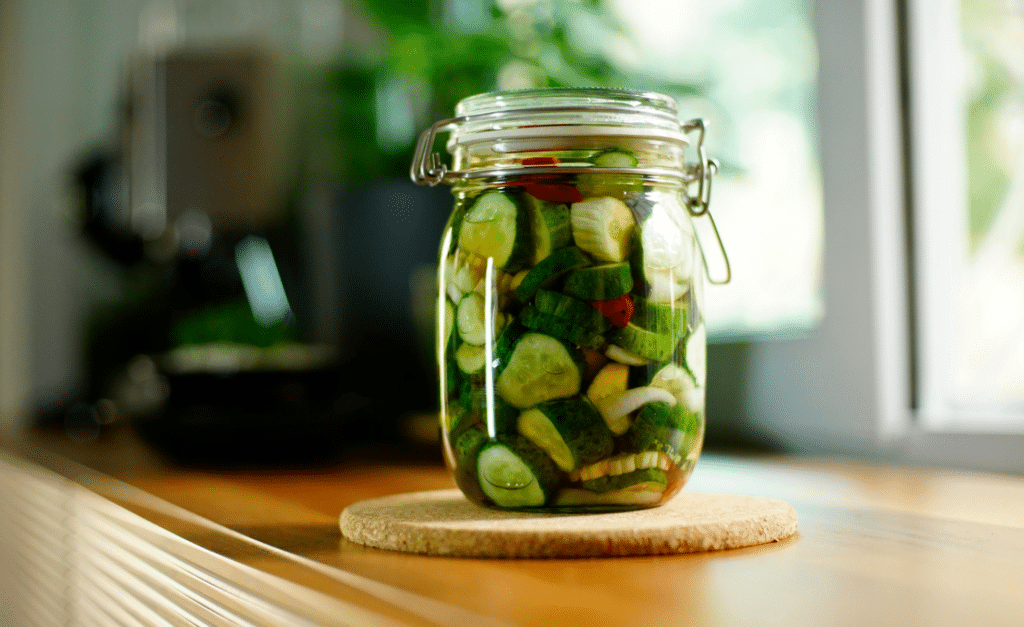
Pickling your favourite vegetables at home is an easy, affordable way to preserve them, eat seasonally all year and curb food waste! (Photo: Cihan Yuce via Pexels)
Want to reduce food waste, save money and enjoy your favourite fare year-round? Learn how to preserve food.
Try some (or all!) of these seven common food preservation techniques – canning, drying, dehydrating, freezing, fermenting, smoking, sugaring, salting and pickling!
Food preservation benefits
- Slows spoilage. Food preservation slows and/or eliminates growth of microorganisms and spoilage-causing bacteria.
- Retains nutrients. Many methods preserve nutritional value. This can help people living in areas with limited access to fresh food.
- Promotes local, seasonal food. Enjoy local produce long after its growing season.
- Trims waste. Instead of throwing food away, extend its useability.
- Supports food security. Preserved food can help give communities access even during times of scarcity, supply chain disruptions and/or natural disasters.
A method old as time
Preserving food has been essential for human survival since ancient times. As early as 12,000 BCE, cultures in what we now call the Middle East and Asia dried food in the sun. Many techniques were born out of necessity, as communities needed food after the growing season, to support long journeys and/or to survive harsh conditions.
Food preservation traditions around the world
Pemmican
This traditional method of preserving meat is often practiced by Plains Cree and Métis peoples. Bison, elk or deer meat is dried, ground into a powder and mixed with fat and sometimes berries. The mixture is then formed into cakes and stored in bags. Pemmican is highly nutritious and lasts years.
Kimchi
Kimchi has been a cornerstone of Korean food culture for thousands of years. It’s made by fermenting vegetables, primarily cabbage and radish, with chili, garlic, ginger and other seasonings. The mixture is put into airtight containers (historically earthenware jars) to ferment.
Biltong
Biltong is a cured, air-dried meat snack from South Africa, originating from the Indigenous Khoisan peoples. Unlike smoked jerky, it's made with beef, game (like kudu or ostrich), or fish, seasoned with salt, vinegar and spices, then dried for up to 10 days.
Seven common food preservation techniques
Most safe, nutritious and convenient ways to preserve food use either a physical, chemical or biological method, or some combination.
- Physical methods use temperature, dehydration and radiation to manage microbial growth, enzymatic activity and oxidation.
- Chemical methods use natural or synthetic substances like salt, sugar, vinegar and/or preservatives to inhibit or eliminate microorganisms and enzymes.
- Biological methods rely on beneficial microorganisms, such as lactic acid bacteria and yeast, to ferment food and produce lactic acid or alcohol to preserve it and enhance its flavour and/or nutritional value.
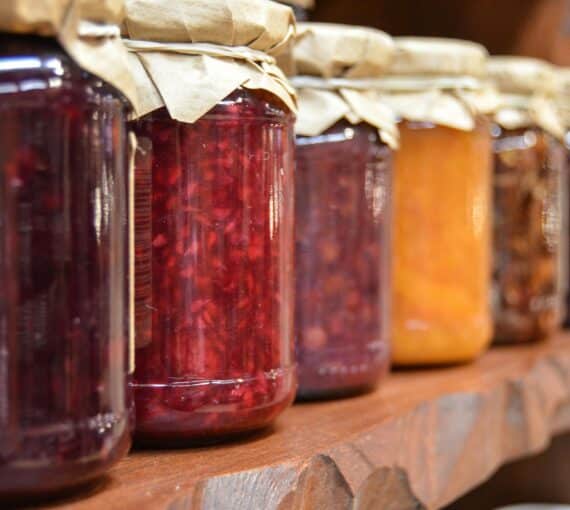
1. Canning
Canning involves placing food in jars or containers and heating them to a temperature that creates a vacuum seal, destroys harmful microorganisms and enzymes and prevents new microorganisms from entering and causing spoilage.
Tip! Always follow tested canning recipes, use appropriate and sanitized equipment and follow home canning safety protocols to prevent foodborne illnesses like botulism.
Two common types of canning:
- Water bath canning. Used for high-acid foods like fruits, pickles, jams and jellies. Food is heated in boiling water to eliminate pathogens and seal jars. Acidity in the food helps inhibit bacterial growth.
- Pressure canning. Used for low-acid foods like vegetables, meats and legumes. The food is heated in a pressure canner, which reaches temperatures above boiling to destroy bacteria (e.g., clostridium botulinum which can cause botulism.)
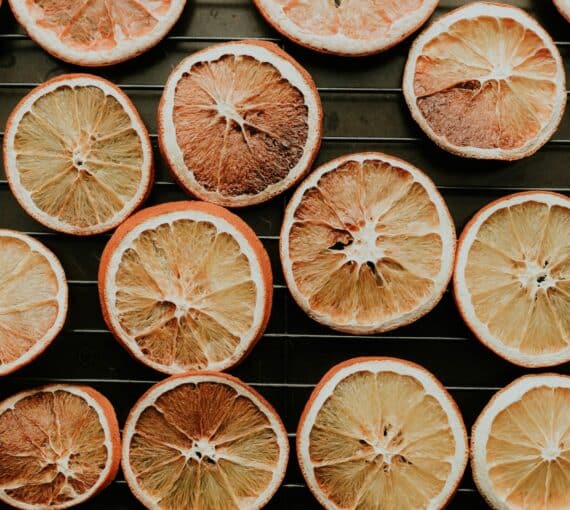
2. Drying and/or dehydrating
Drying and/or dehydrating removes moisture from food, inhibiting the growth of bacteria, yeast and mould. Simple and cost-effective, it’s one of the oldest food preservation techniques.
Four common ways to dry and/or dehydrate:
- Air drying. Food is hung in a dry, well-ventilated area. Great for herbs and certain fruits.
- Dehydrator. Electric dehydrators provide consistent, low heat and airflow. Ideal for drying fruits, vegetables, meats (for jerky) or preparing dehydrated meals.
- Oven drying. Foods can be dried in a conventional oven set to a low temperature (60 C, 140 F).
- Sun drying. Exposing food to direct sunlight is a great drying method for those who live in dry, hot climates. Food is placed on racks, mesh screens or lines to dry in the sunlight.
Tips for drying and/or dehydrating food:
- Cut food evenly into uniform pieces to ensure even drying.
- Store dried and/or dehydrated food in airtight containers to prevent moisture reabsorption.
- Dried and/or dehydrated food is great for bringing on long trips (like camping!).
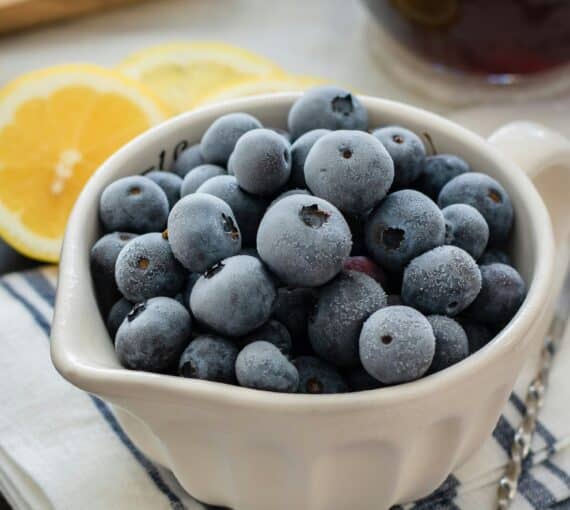
3. Freezing
Freezing slows down activity of enzymes and microorganisms that cause food spoilage. Done correctly, this method retains nutritional value, flavour and texture.
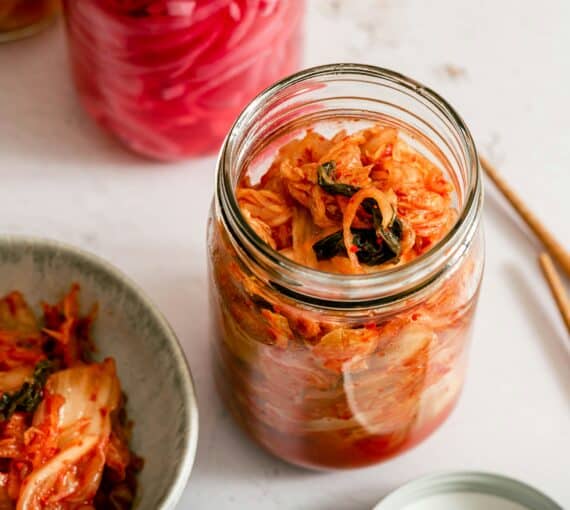
4. Fermenting
Fermenting converts carbohydrates to alcohol or organic acids using microorganisms. The process creates byproducts that act as natural preservatives and give fermented foods distinctive flavours and textures.
Two types of fermentation:
- Lactic acid fermentation. Lactic acid bacteria convert sugars into lactic acid. Lactic acid preserves food and enhances its nutritional value by increasing nutrient bioavailability. Common examples include sauerkraut, kimchi, pickles and yogurt.
- Alcoholic fermentation. Yeast converts sugars into alcohol and carbon dioxide. This method is used to produce alcoholic beverages like wine and beer or leavened bread.
Tips for fermenting food:
- Use non-chlorinated water to avoid killing beneficial bacteria.
- Double-check your recipe. Will you need to burp your jars to release gas buildup and prevent explosions?
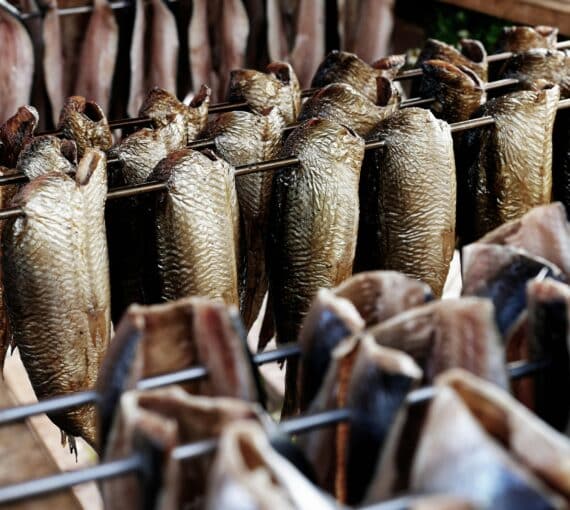
5. Smoking
Exposing food to smoke from burning wood is antimicrobial and promotes dehydration, inhibiting bacterial and mould growth. Smoke also adds a district flavour.
Two ways to smoke food:
- Hot smoking. Food exposed to smoke that’s 74-107 C cooks and smokes it. Commonly used for meats like sausages, bacon and ham.
- Cold smoking. Food exposed to smoke below 32 C requires it to be cured or salted beforehand to prevent spoilage. Commonly used for fish, cured meats and cheeses.
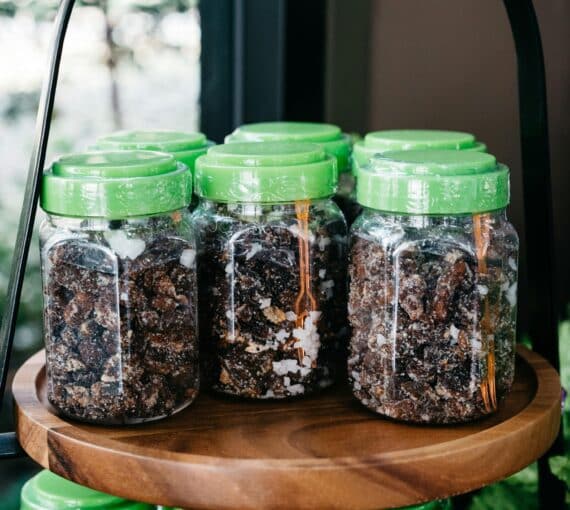
6. Sugaring and/or salting
Sugaring and salting require high concentrations of those substances to create different outcomes.
Sugaring creates a hypertonic environment. Sugar draws out microbial cells through osmosis, dehydrating and killing them. Salting also draws out moisture from food and creates an inhospitable environment for bacteria and other spoilage-causing microorganisms. Salting and sugaring are commonly used with other preservation methods such as smoking and drying.
Two common sugaring techniques:
- Crystallization. Fruits are coated in sugar, often in combination with drying, to create candied fruits. The sugar forms a barrier that protects the food from spoiling.
- Jams and jellies. Sugar is added to fruits during cooking to create a thickened preserve.
Two common salting techniques:
- Dry salting. Food is coated in dry salt or placed in layers with salt between them. Commonly used for meats, such as ham or bacon, and fish.
- Brining. Food is submerged in a saltwater solution (brine).
Tip! Use non-iodized salt to prevent discoloration and off flavours. Try kosher or sea salt.
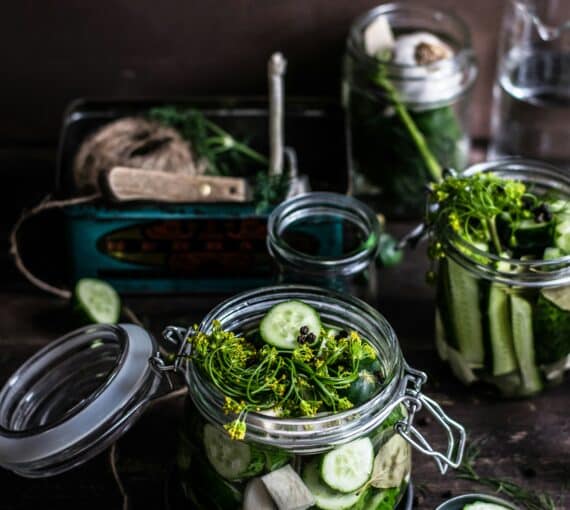
7. Pickling
Pickling preserves food by immersing it in an acidic solution, usually vinegar or a saltwater brine. The acidity inhibits growth of spoilage-causing microorganisms and gives pickled foods their characteristic tangy flavour.
Two common types of pickling:
- Vinegar pickling. Foods are placed in a solution of vinegar, water, salt and sometimes sugar and spices and processed in jars to create a seal.
- Lacto-fermentation. This involves fermenting vegetables in a salt brine, where naturally occurring lactic acid bacteria produce lactic acid, creating a tangy flavour without vinegar.
Tips for pickling food:
- Use vinegar with at least five per cent acidity.
- Sterilize jars before filling to prevent bacteria from causing spoilage.

